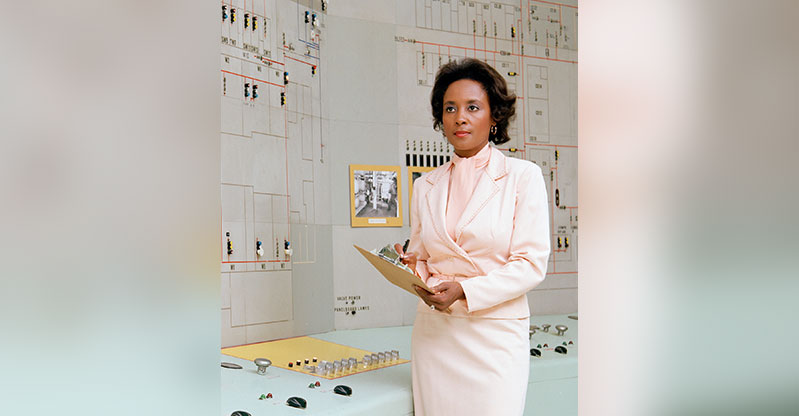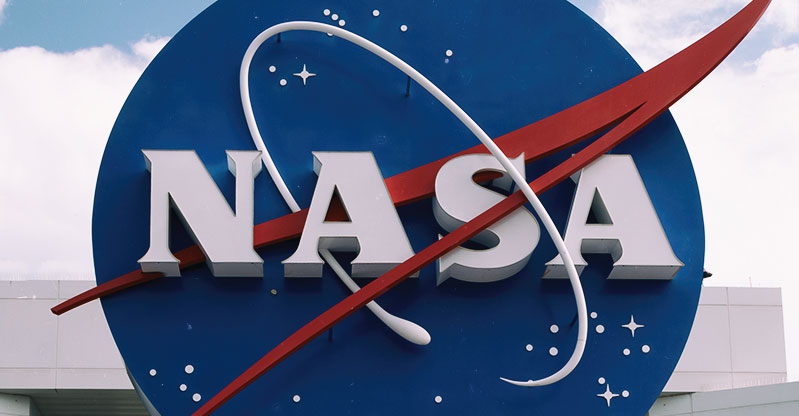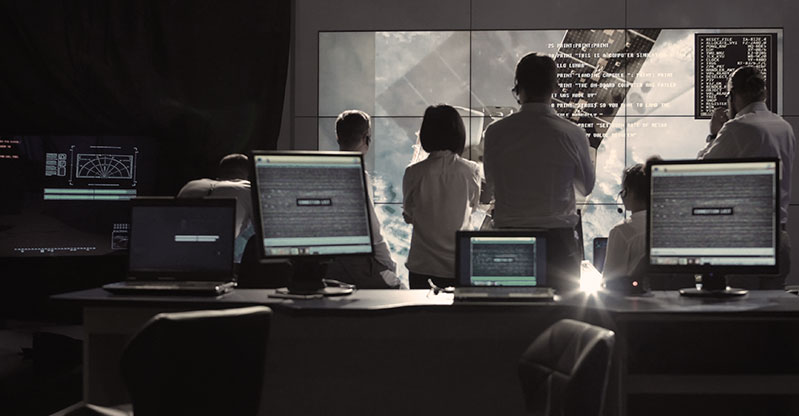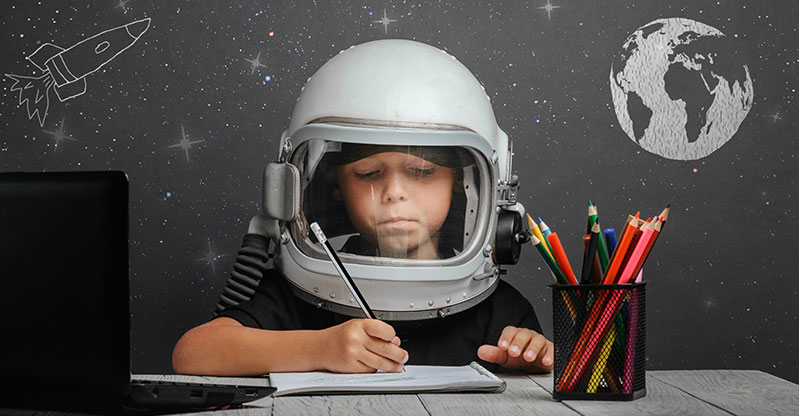We believe that closing the gender gap in fields like science, technology, engineering and math is a responsibility we have to take on. Even if today, there are several people and organizations advocating for equality in the above-mentioned fields, the history of science and programming is constantly giving us examples of extraordinary women who changed the world.
These women had an active role in creating new realities, or led and worked in teams that improved the lives of many. In the past, we’ve talked to you about personalities like Katherine Johnson, and we even swam deep into the legacy Hedy Lamarr left for us all. A few weeks ago, we introduced our readers to the life, philosophy, and methodologies of Maria Montessori, because we are sure that a better pedagogical approach can eliminate the gender gap in all fields.
At this opportunity, we would like to talk about an incredible woman you have to meet. Someone so brave and intelligent, who worked at NASA doing calculations by hand and when computers were introduced into the space program, she learned programming in almost no-time. Today, we want you to meet Annie Easley, and we encourage you to read this story, her story, to your kids.
Who knows? Maybe you will inspire them in ways you’ve never experienced before, with this eloquent, interesting story that has to be told. Ready to meet Annie Easly? Because we are ready to introduce you to her.

Meet Annie Easley: One of the first African-Americans to work as a computer scientist at NASA
There is a lot to say about Annie Easley! She started working at NASA before it was even called that way. Before it was NASA, it was called NACA, a different organization that then grew and developed, to become the National Aeronautics and Space Administration.
As the very talented mathematician, rocket scientist, and computer scientist she was, she worked in the development of the software for the Centaur rocket stage. Impressive, isn’t it?
In 1955, she read a story in a local newspaper about twin sisters who worked for the then called NACA, as human “computers”. Just as we shared in one of our previous articles, Katherine Johnson also worked as a human-computer programmer.
Apart from all of her degrees and diplomas, and as part of continuous education, Annie Easley worked through specialization courses offered by NASA. She worked at NASA for over 34 years, and despite her long career and various contributions to research and development, Annie was cut out of NASA’s promotional photos. The reasons are not yet clear. She didn’t even appear in the movie “Hidden Figures”.

Annie Easley’s career: 34 years at NASA
In the few decades she worked for one of the most successful and influential space organizations of the entire world, Easly did an impeccable job. She was a leading member of numerous successful teams, and achieved goals that enabled NASA to discover new and amusing phenomena.
Among the many accomplishments she had throughout her career, we would like to share with you the following:
1. Developed and implemented computer code that analyzed alternative power technologies. Can you imagine the fantastic things she could do today when it comes to renewable energy?
2. Resolved solar, wind and energy projects.
3. Identified energy conversion systems and alternative systems to deal with energy issues.
4. Supported the Centaur high-energy upper rocket stage, as a leading member of the team.
Actually, the Centaur project helped establish the technological basis for future space shuttle launches or communication, as well as for military and weather satellites. Therefore, if we can check on our smartphones what the weather is going to be like tomorrow, we should thank Annie Easley for it… at least a little bit!

Your kid can change the world. Coding is just around the corner.
There’s one thing we know for sure: Anybody and everybody can learn how to code. Coding goes way beyond the phenomenal app your kids can create on their own in one of Tekkie Uni’s live online coding courses. Actually, coding is a way of thinking.
By learning how to code, your kids will be able to comprehend that anything is possible. They will strengthen their critical thinking skills, their ability to be creative, and their ability to solve problems.
Are you ready to give your children all the tools they need to succeed in the near future? Are you ready to give them a skill set that will help them to become successful team workers and do better at school?
Well, coding is here and your kids truly need it. What are you waiting for?





